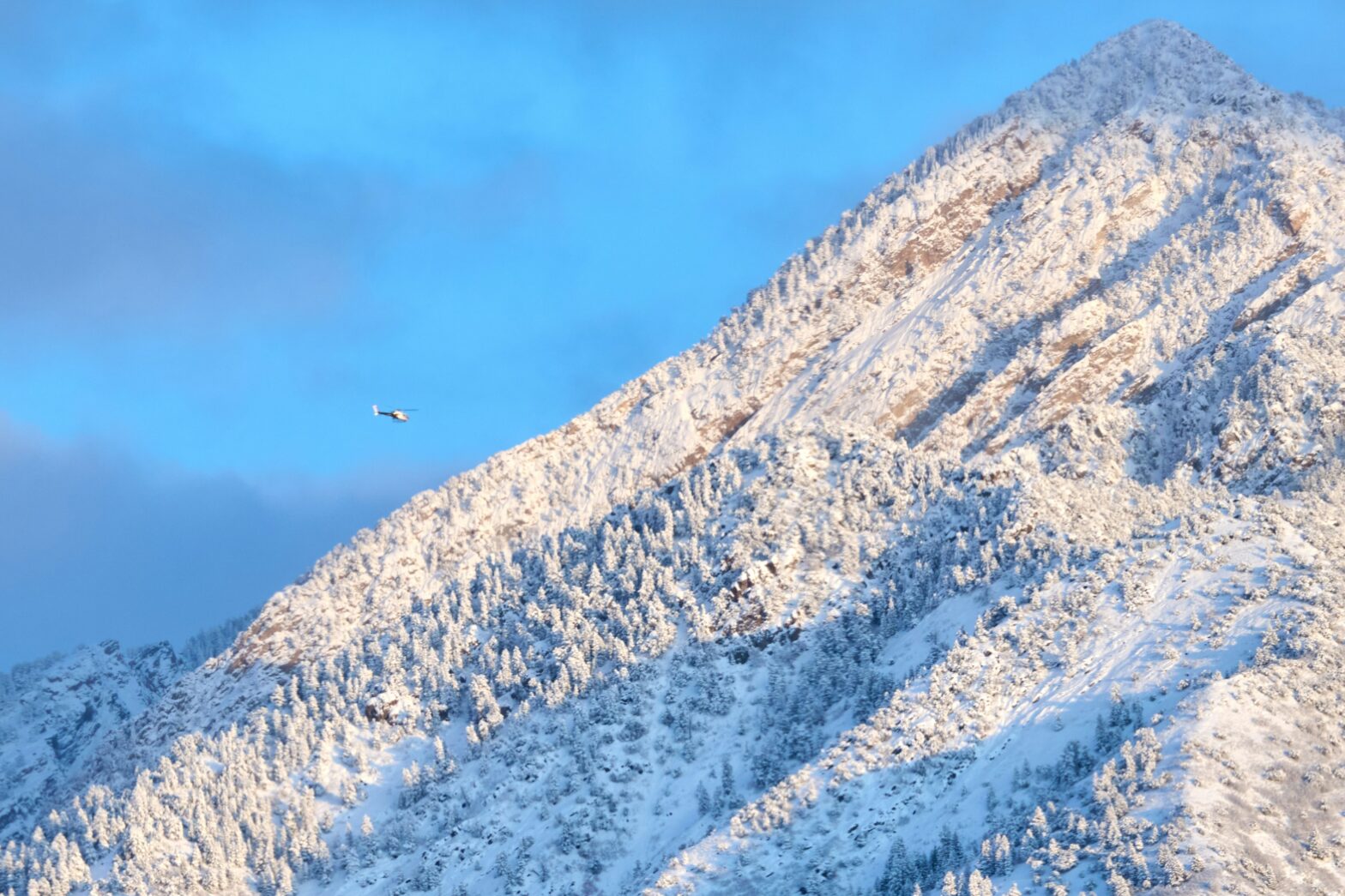Black travel history isn’t as clear and concise as other folk’s travel history may be. When thinking of black people in Oregon, we think of the Black laborers of the late 1860’s Transcontinental railroad.
But, Oregon’s Black History goes back 300 years before the Transcontinental railroad. Oregon Black Pioneers hosted a webinar earlier this month that took it’s viewers back in time. Surprising them with Oregon Black History from the late 1500s.
It was believed that Sir Francis Drake’s crew, who held at least 4 Africans, first set foot on Californian soil in 1579. However, recent evidence has pointed out that the place the crew landed was not in California, but Northern Oregon. Somewhere on a beach in Lincoln County.

Two of the four names of the Black crew were Diego and Maria. Executive Director, Zachary Stocks of Oregon Black Pioneers told KOIN. “Diego was Drake’s personal servant. He was free and had been sailing with Drake since 1572… the other person we know is named Maria. Maria was an enslaved pregnant woman taken from a Spanish ship at sea off the coast of what is today Mexico.”
In the 17th and 18th centuries, more Black travelers made their way to Oregon. Both enslaved and free, most came by way of sea. Many Black people landed on the Oregon coast by way of Spanish ships wishing to trade.
Thousands of Black people emigrated to the Pacific Northwest using the Oregon Trail. This use was just decades before the start of the Transcontinental railroad. The Oregon Trail is, “a roughly 2,000-mile route from Independence, Missouri, to Oregon City, Oregon, which was used by hundreds of thousands of American pioneers in the mid-1800s to emigrate west.”
Stocks reminds the online crowd, “on the Oregon Trail, about 3% of travelers were Black.”
Oregon’s Black History goes back centuries before originally believed. Stocks put it in perspective, “Honestly, there’s never been a time in the history of Oregon where there were white people here and not Black people here.”





